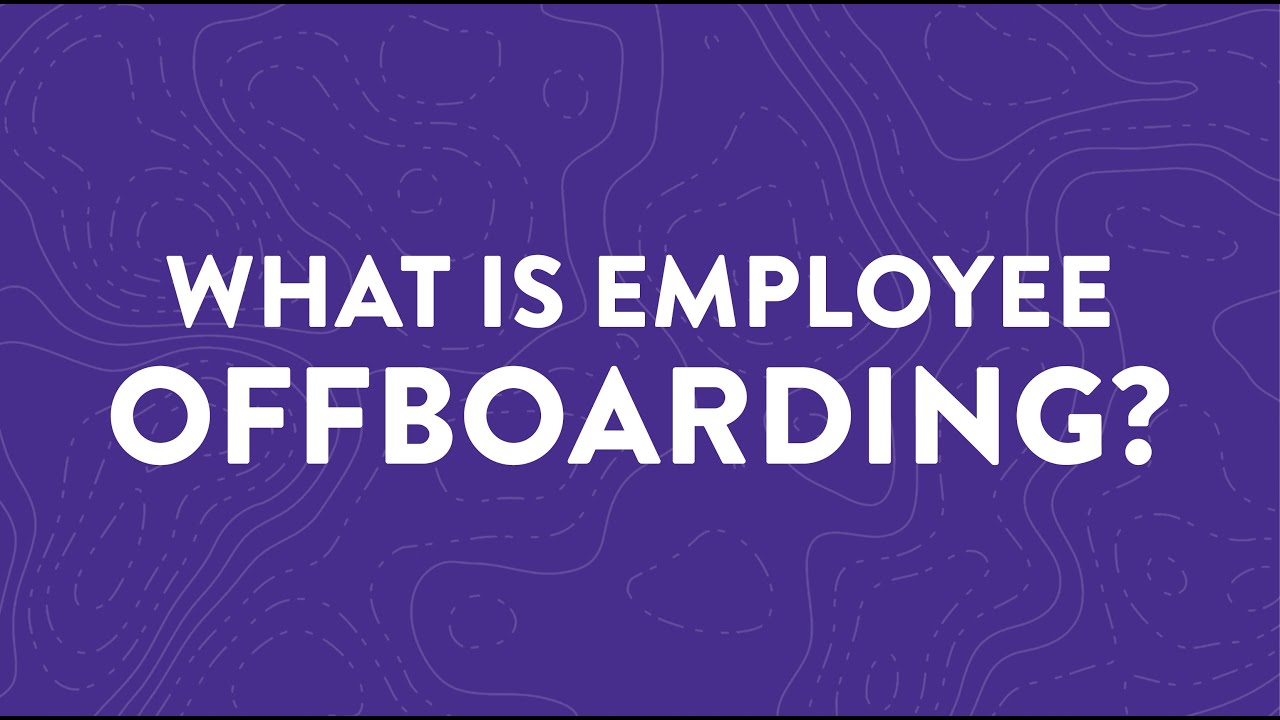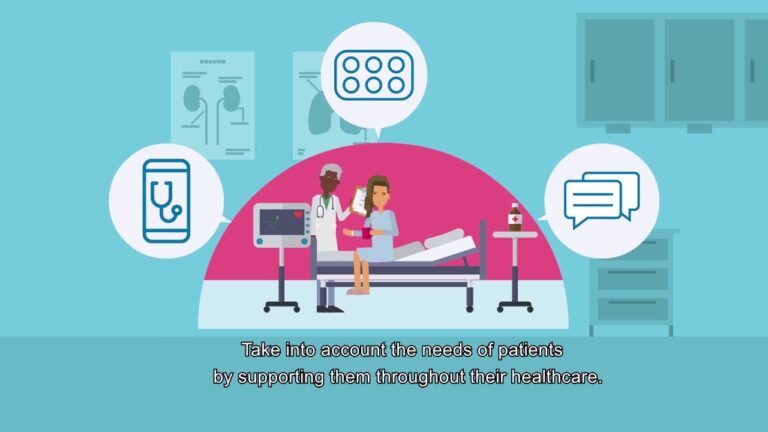Offboarding is an important part of the employee lifecycle, just as onboarding is. It is the process of terminating an employee’s employment with a company in a respectful and organized manner. It is important for companies to have a structured offboarding process in place to ensure a smooth transition for both the employee and the organization.
Why Is Employee Offboarding Important?
Offboarding is an important part of the employee lifecycle, just as onboarding is. It is the process of terminating an employee’s employment with a company in a respectful and organized manner. It is important for companies to have a structured offboarding process in place to ensure a smooth transition for both the employee and the organization.
Offboarding helps to ensure that the employee is treated fairly and with respect throughout the process. It also helps to ensure that the employee’s exit is managed in a way that is consistent with the organization’s policies and procedures. Additionally, a well-planned offboarding process helps to protect the organization from potential legal issues that may arise due to improper termination of an employee.
The offboarding process should also be used as an opportunity to gather feedback from the employee on their experience with the organization. This feedback can be used to improve the onboarding process and the overall employee experience.
Steps for Employee Offboarding
A successful offboarding process should include the following steps:
- Notification: The employee should be notified of their termination in writing. This should include details of the termination date, any outstanding issues that need to be addressed, and any other relevant information.
- Exit Interview: An exit interview should be conducted with the employee to gather feedback on their experience with the organization and to ensure that any outstanding issues are addressed.
- Benefits: All benefits and compensation should be terminated or transferred to the employee’s new employer, if applicable. Any remaining vacation or other paid time off should also be paid out to the employee.
- Access: All access to the organization’s systems and networks should be revoked. This includes physical access to the building, as well as access to computers, networks, and other systems.
- Documentation: All relevant documents, such as employment contracts and personnel files, should be updated to reflect the employee’s termination.
Tips for Employee Offboarding
There are a few tips to keep in mind when offboarding an employee:
- Ensure that the process is conducted in a respectful and professional manner.
- Be clear and concise about the reasons for the termination.
- Ensure that all relevant documents are updated to reflect the termination.
- Provide the employee with any necessary assistance to ensure a smooth transition.
- Gather feedback from the employee on their experience with the organization.
Offboarding Checklist
A successful offboarding process should include the following items:
- Notification: Written notification of the termination.
- Exit Interview: An exit interview should be conducted with the employee.
- Benefits: All benefits and compensation should be terminated or transferred.
- Access: All access to the organization’s systems and networks should be revoked.
- Documentation: All relevant documents should be updated to reflect the termination.
- Feedback: Gather feedback from the employee on their experience with the organization.
Employee offboarding is an important part of the employee lifecycle and should be done in a respectful and organized manner. By following the steps and tips outlined above, organizations can ensure that the offboarding process is conducted in a way that is consistent with their policies and procedures, and that the employee is treated fairly and with respect throughout the process.




